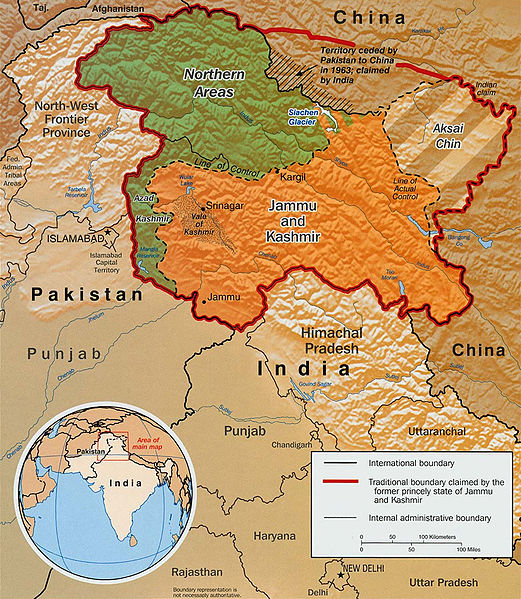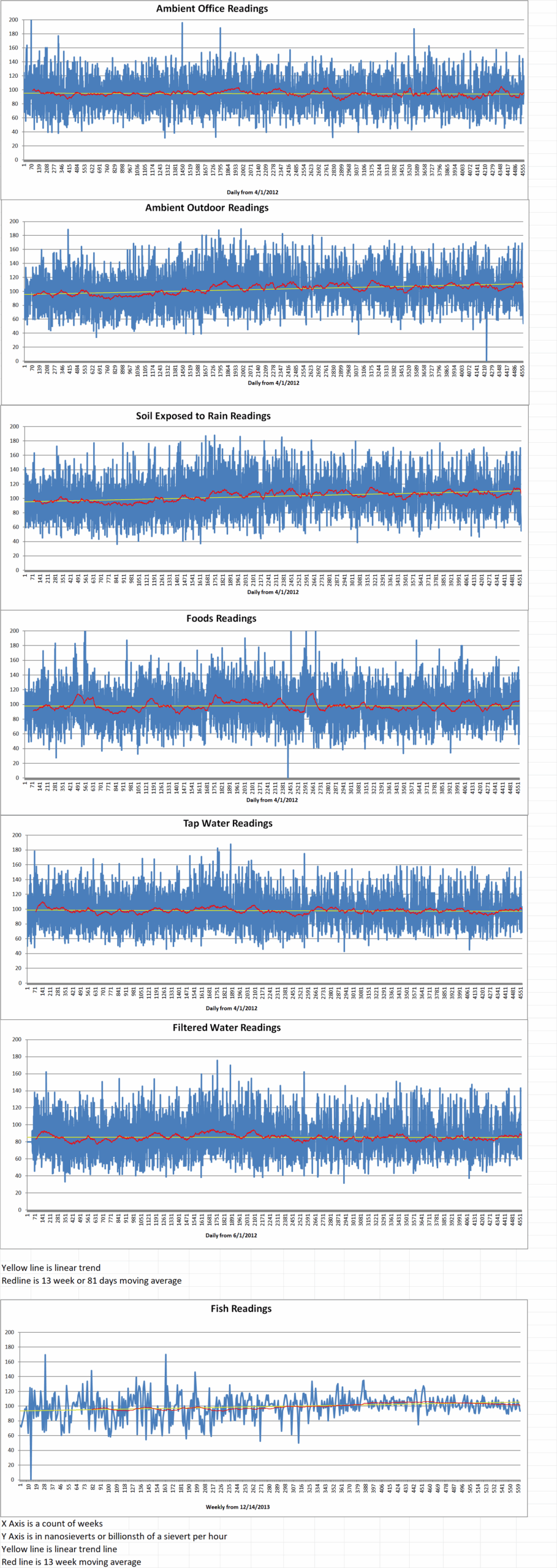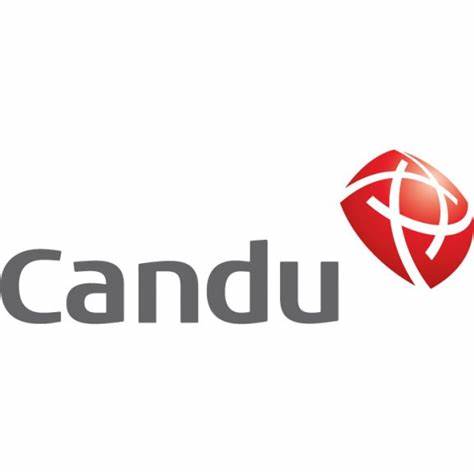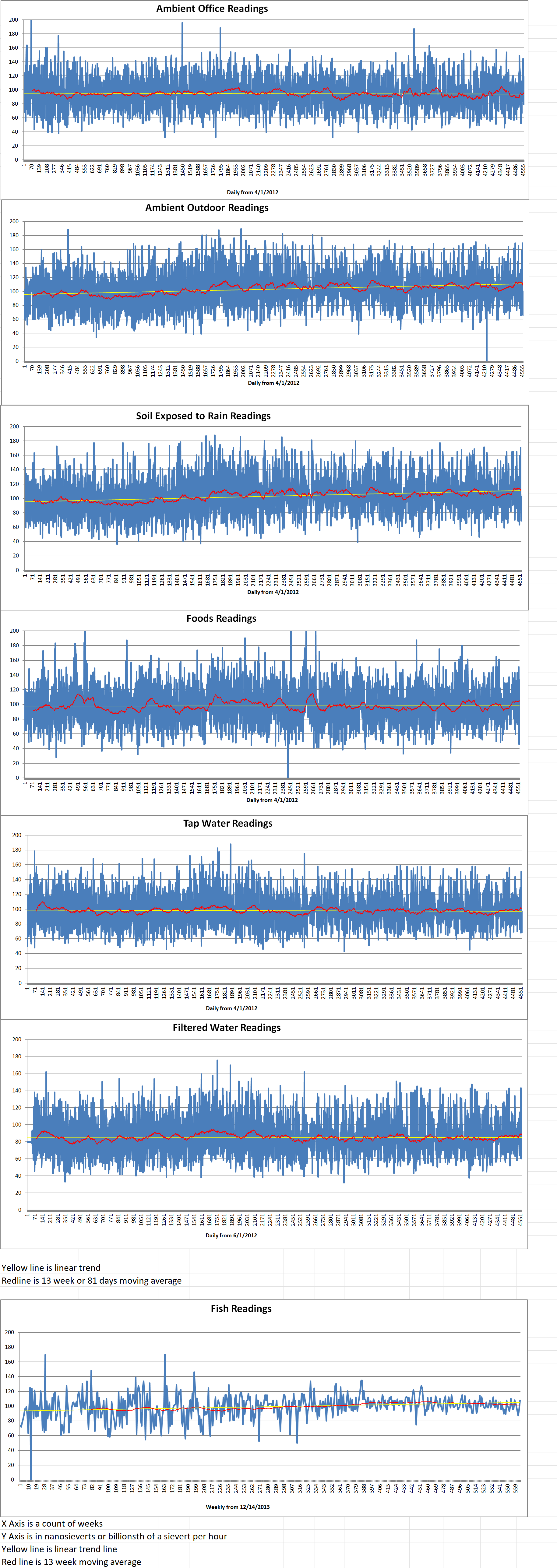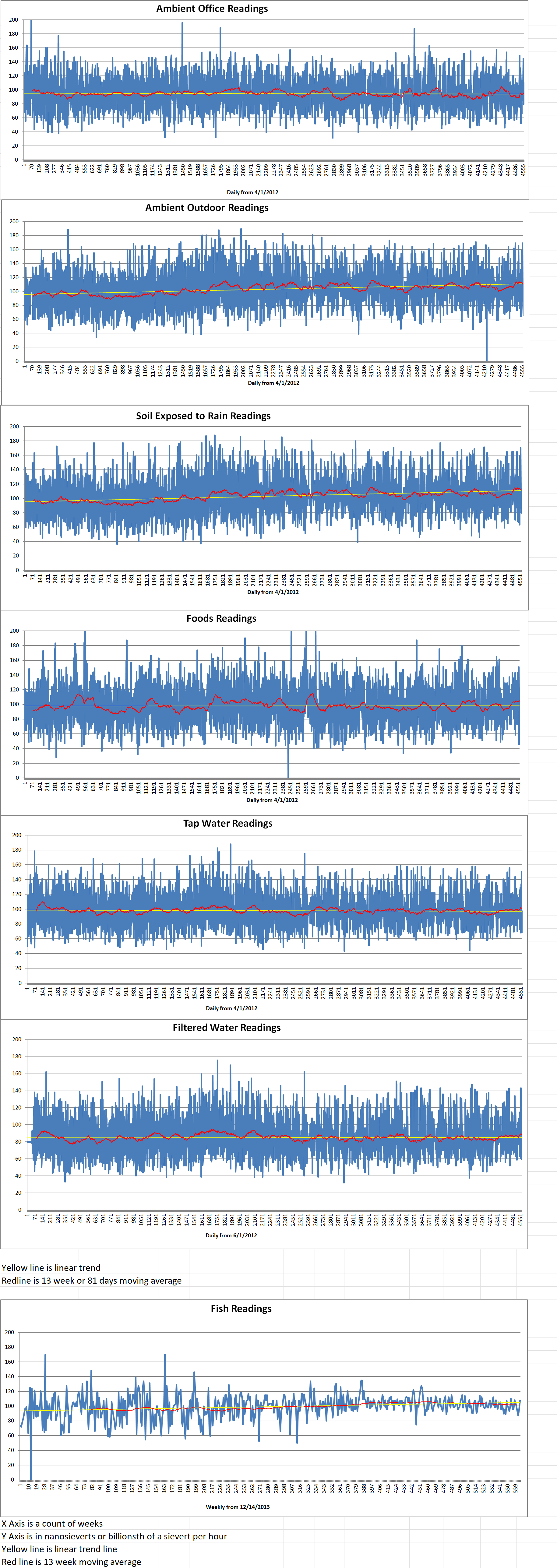Javed Ashraf Qazi is the former Director General of Pakistan’s Inter-Services Intelligence (ISI) and Military Intelligence, and a former senator during the Musharraf administration. He voiced grave concern over the rapidly deteriorating relationship between India and Pakistan, especially in the aftermath of the deadly attack on Hindu pilgrims in Kashmir.
Qazi warned that the ongoing increase of hostility between the two nuclear-armed neighbors risks triggering a catastrophic conflict. He stated, “India had been threatening Pakistan with unrest in Baluchistan. After a train was hijacked in Baluchistan, it was confirmed that Baluch insurgents had been funded and instigated by India.”.
He further noted that Pakistan had long been dealing with cross-border terrorism, particularly through Afghanistan. “We have been constantly facing the Taliban terrorists hitting our civilian population.”. Qazi pointing to a pattern of sustained external aggression.
He continued that the relations between the two countries had significantly worsened following India’s unilateral move to absorb Kashmir into its territory, in defiance of UN resolutions. He emphasized, “Kashmiris have been fighting India for the last twenty years. There have been killings on both sides. India blames Pakistan for supporting the Kashmiri population, which is a Muslim-majority state forcibly absorbed by India.”.
Qazi pointed out that many small groups of Kashmiris continue to resist Indian forces, fighting them in forests and mountains. Referring to the April 22nd attack in Pahalgam, he said, “A small group of five or six Kashmiris attacked passengers of a bus carrying Hindu pilgrims to a shrine. Reportedly, 26 Hindu passengers and two Muslim drivers were killed.”. He said that within minutes of the incident in Kashmir, India had blamed Pakistan and vowed retaliation.
He had serious concerns over India’s immediate military response, “Pakistan’s river water was threatened to be blocked despite an international treaty. Indian forces have taken an offensive posture. Their Air Force is flying round-the-clock over the border.”.
Qazi lamented the lack of serious dialogue between the two sides. “Pakistan has asked for proof, even just one terrorist shown to the media — but India has shut the border crossings and ordered all Pakistanis in India to leave. They are preparing to attack and refusing to talk.”.
Highlighting the nuclear dimension of the conflict, the former ISI chief warned, “Both countries are nuclear weapon states. A war could lead to nuclear devastation — not just of our two nations, but of the entire region. The nuclear cloud can spread beyond hundreds of miles. In Japan, only two bombs were dropped and the consequences are visible even today. India and Pakistan have more than 170 bombs each. It is horrible to imagine a war with such an arsenal.”.
Qazi believes that India is using the current situation in Kashmir to assert itself as a regional hegemon. He also said that the global community cannot remain a bystander. “This incident of Pahalgam — 26 tourist killings — pales when compared to the ongoing Muslim killings in India over the past many years,” he said. “The UN Security Council must take immediate notice and defuse the situation before it leads to a nuclear winter. Time is running out.”.

